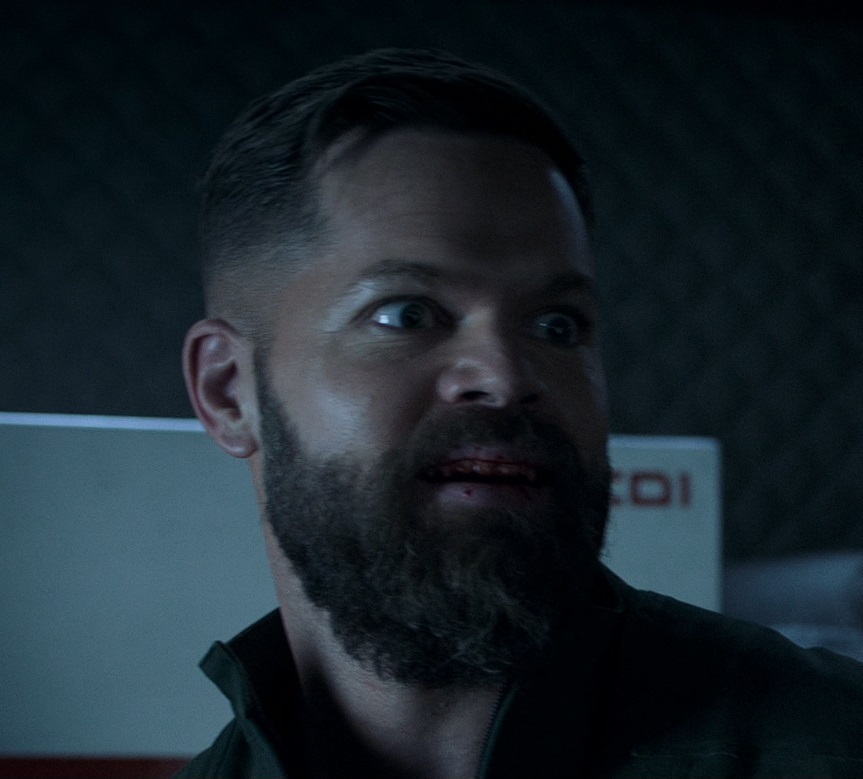Personally, I find Brown Dwarfs to be absolutely fascinating. An object that isn’t quite a planet and isn’t quite a star, but something in between.
What would one even look like? Would it look like a gas giant that’s glowing red, along with swirls of gas in its atmosphere like Jupiter? Or would it resemble a star and have a fiery surface like the sun? I prefer to imagine them as glowing gas giants but I don’t know how realistic that is.
Gas giants in general are fascinating to me as well, I really hope we send a probe into one of the gas giants with a camera before I die. I’d absolutely love to see what it looks like inside a gas giants atmosphere before the probe gets crushed by the increasing pressure as it descends.


Hypothetical, but Black Hole Stars (one of my favourite Kurzgesagt videos).
I’m hoping that some of the new long wavelength teleescopes like JWST might have a chance of seeing one of these beasts.
I…what? Hold on, it was commonly thought that black holes effectively compress and hold infinite mass. Then math or simulations (or both) pointed out this isn’t true, I think. Running on very dim memories here. IF this is true, then somehow the solar mass of the star is, uh…well fuck me. The ADHD train came in and I lost what I was thinking.
Any chance you have a compelling link on this topic?